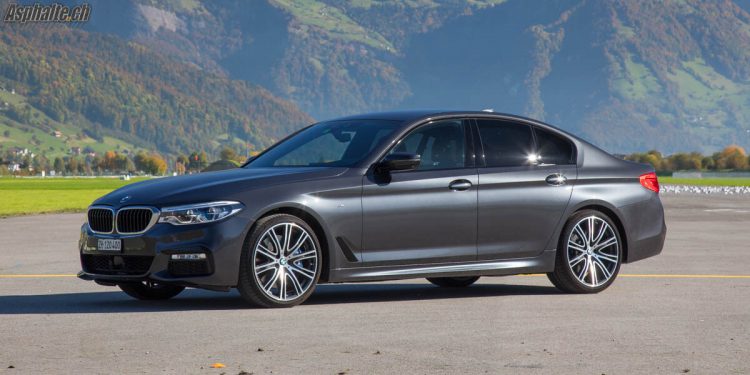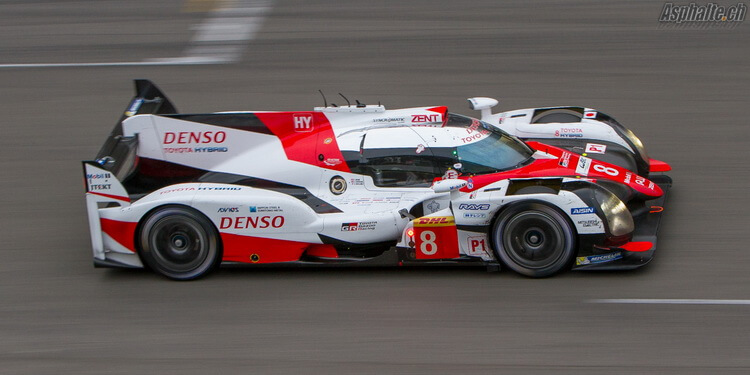CO2 penalties: a cliff in 2020 ?
As in 2012, the swiss government conceded to the automotive lobby smoothing measures to soften the blow.
| Share | Super-credits | |
| 2020 | 85% | 2.00 |
| 2021 | 90% | 1.67 |
| 2022 | 95% | 1.33 |
| 2023 | 100% | 1.00 |
Phase-in measures allow importers to ignore in the first three years a shrinking share of their highest polluting vehicles from the fleet emissions computation. The swiss phase-in scheme is more complacent than its European equivalent, 95% in 2020 then 100% from 2021.
Super-credits are granted to vehicles emitting less than 50g/km i.e. battery-electric and hydrogen cars, as well as many plug-in hybrids. The supercredit schedule is identical to the European Union. Counting lower or zero emission cars twice has a beneficial impact over the fleet average. There is a catch though: the contribution from super-credits cannot exceed 7.5 g/km in total over three years.
The miracle recipe ?
Are these new targets achievable and how ? How much do the phase-in and supercredits help ? While detailed mix information is hard to obtain, educated guesses can help understand the factors at play and size up the challenge.
Let us consider the case of the BMW Group which combines BMW, MINI and Rolls Royce. Fleet emissions were 140.7 g/km in 2018, under their 144.3 g/km target. The 2020 goal is 104.2 g/km. The BMW portfolio includes on electric vehicle, the i3, soon two with the launch of the electric MINI. BMW also has a growing number of plug-in hybrid variants (2 series, 3 series, 5 series, 7 series, X3, X5, and i8).
We start by dropping 15% of the volume with the highest emissions, or 4498 vehicles. For reference, BMW sold 3241 M cars in Switzerland in 2018. To reach 104.7 g/km, BMW would need to sell 25% of its 2, 3, 5, 7, X3, X5 in their plug-in hybrid variants to reach 104.7 g/km, based on the 2018 model mix. We assume here flat sales of the aging i3. However, the catch is that BMW then exceeds the super-credits cap by a lot, raking in 12.7 g/km in just one year.
In this scenario, BMW could not get below 110.2 g/km, translating into an average penalty of CHF 655 per car sold in 2020. Things then get worse in 2021 with 5% more high emission cars and zero contribution from super-credits.
Sticking with our 25% share PHEV and 1063 i3 sold per year, the 2021 average would reach 120.1 g/km, or 1737 CHF per car sold. Even if we substitute 500 X3 with freshly launch electric iX3 SUVs, 2021 emissions only go down to 117.7 g/km, or 1474 CHF.
If we bet on a more reasonable share of hybrids in 2020 and limit them to 10% instead of 25%, our simulation would exhaust the super-credit cap at 120.3 g/km, or 1758 CHF in average per car sold, then balloon to 130.9 g/km and 2906 CHF in 2021 with 90% of vehicles counted in.
These scenarii assume that mix remains constant, that consumers do not abandon SUVs to return to sedans or wagons, and do not account either for further gains in efficiency in from internal combustion engines, such as the introduction of mild hybrid systems.








